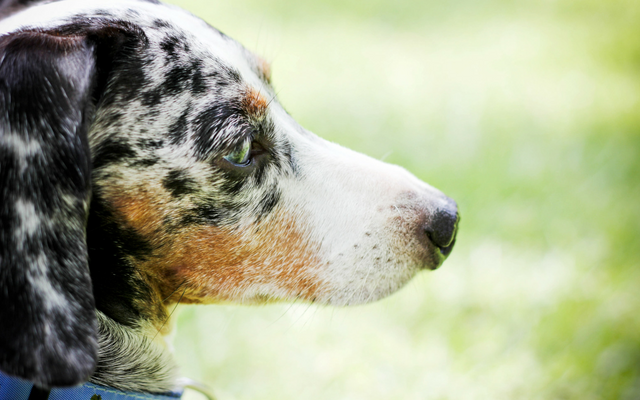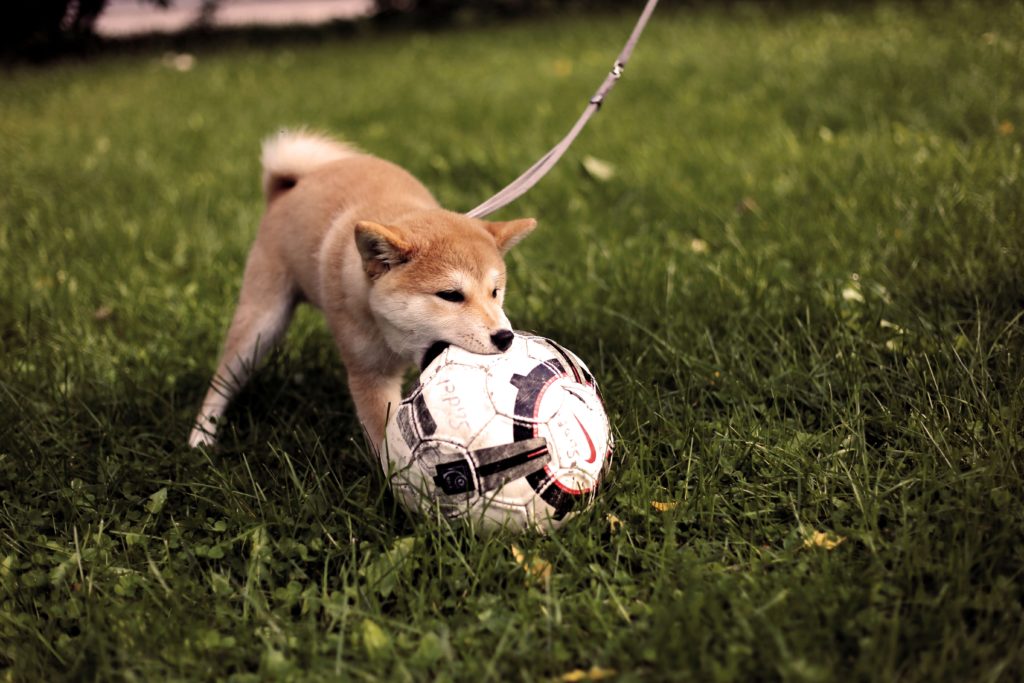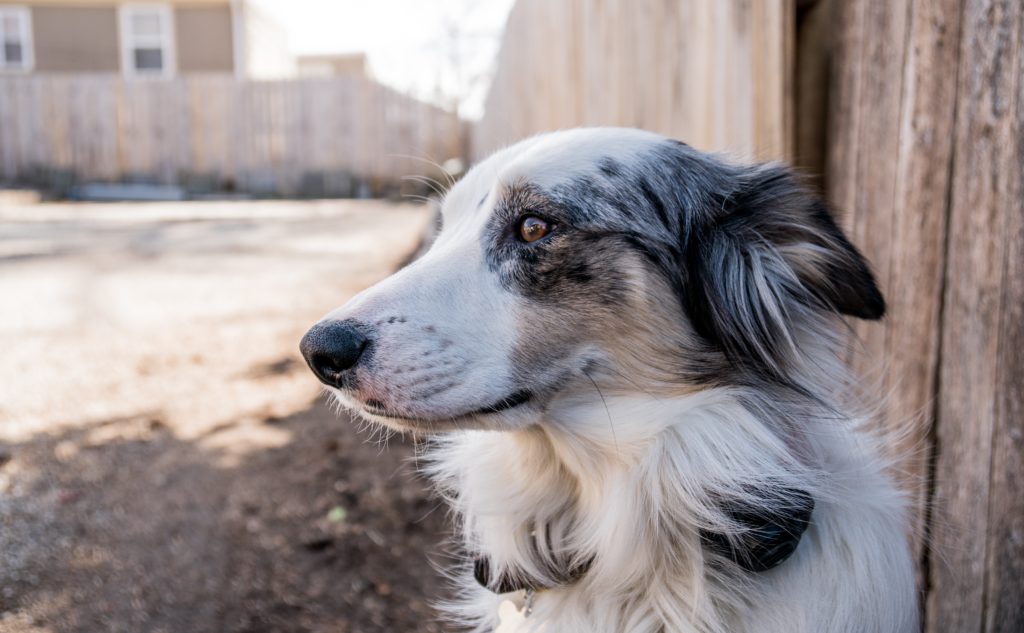Walk through any animal shelter in the country, and there will always be excited dogs begging for your attention. They hop and bark and paw at the gate hoping to catch the eye of the exact right person. But among all that excitement, there’s also a different type of rescue dog. They’re the dogs that would rather curl up and borrow in their beds than face well-intentioned strangers. For one reason or another, they’re afraid of the world.
Fearful rescue dogs don’t seek out attention like their more exuberant kennel-mates, and that puts them at a major disadvantage when it comes to getting adopted. But every now and then, someone falls in love with the sad eyes of a scared dog.
A scared dog being welcomed into a family is a huge occasion, but their troubles won’t stop at getting adopted. Taking home a dog that has lost their confidence is a challenge. It’s an incredible, compassionate, and rewarding thing to do, but it’s also not easy. Here are the top 10 things you need to know about adopting a fearful rescue dog.

1. Not every house is the right fit for a fearful dog.
Before you sweep in to save the day for a scared dog, remind yourself that not every house is a good fit for every dog. A scared dog needs somewhere they can slowly learn to come out of their shell. If your house is full of kids who like to run and play, other rambunctious pets, or if you like to host loud parties, bringing a nervous dog into that environment is not what’s best for them. Consider helping them in other ways, like donating to the shelter or sharing their picture and story on social media.
2. They value personal space.
Your first instinct after bringing your new dog home is to shower them in all the love and attention they’ve most likely been missing out on. That’s a good idea for some dogs but not a dog that’s already extra afraid. Being placed in new surroundings with new people is like opening a door to a hoard of potentially scary things. Your dog will need time to adjust, and they’ll need a space all to themselves where they can decompress. Instead of giving them attention, ignore them for the first several days they’re in your home. This will give them a chance to get their bearings, and eventually, they should want to come to you.
Related: 10 Best Dog Doors

3. They’re scared for a reason.
You’ll most likely never know the full story of your rescue dog’s past life. The shelter might give you a brief summary of what they know, but that’s only a snapshot of the dog’s experiences. When they cower and shake in fear, there’s always a reason why. They could have been abused or neglected, or there could have been a traumatizing event that shook their confidence. For many dogs found as strays, the issue is a lack of socialization. Even if you don’t know what the reason is, it’s important to remember it exists.
4. Your dog decides what’s scary, not you.
You don’t know what caused your dog to become a jittering fluff ball of nerves, but they’ll always let you know what they think is scary—you just have to pay attention. The trick is not getting frustrated when you’re out on a walk and your dog breaks down at the sight of something you consider obviously innocent. You know the fallen tree branch next to the sidewalk is harmless, but your dog doesn’t. You can’t decide for them what’s safe and what isn’t. They’ll have to learn that on their own, and in the meantime, it’s your job to follow their lead and accept their fears as they are. It’s easier said than done.

5. “Tough love” will make things worse.
You can’t “force” your dog to get over their fears. You also can’t expect to bond with them if you’re on their list of things they’re terrified of. Training methods that revolve around punishment are especially damaging to fearful dogs. It teaches them that they’re right in thinking the world is a scary place.
Positive reinforcement is the way to go. Instead of punishing them for undesirable behavior, reward them when they do something good. And always remember, the method of pushing your dog to face their fears won’t work. It’ll only make things worse.
6. Fearful dogs like learning new skills…slowly.
There are definite differences between raising a dog that’s scared of everything and one that isn’t, but there’s also a lot that’s the same. For one, all dogs will appreciate the chance to learn new skills and train with their people.
Your dog being scared isn’t an excuse not to train them. Training will help them improve their confidence and feel more secure in the world. It will take time and patience, but it’s something they need you to do. Their wallflower personality might make you think they don’t need to be trained, but in many ways, training is even more important for fearful dogs than it is for confident ones.

7. Fear often translates into aggression.
Think about it—when you’re scared, what do you do? Sometimes you shut down, but there are also times you feel the need to protect yourself. Sticking up for yourself against a perceived threat is a natural instinct, and dogs have it too. When they’re scared, sometimes they lash out in aggressive ways. It can happen when they’re afraid of another dog or when a human does something that makes them uncomfortable. You need to recognize that aggression for what it is and take steps to help them feel safe.
8. They need, and deserve, your patience.
No matter how adorable their puppy dog eyes are, there will always be moments when you’re overcome with frustration at your dog’s slow progress, their setbacks (there will be setbacks), and their emotions you can’t for the life of you figure out. That’s okay, but what your dog needs most from you is patience. Learning to live in a world where everything is loud and scary will take time. We’re not talking about days or weeks here. Depending on your dog’s level of fear, it could be months or even years before they’re able to leave the house with confidence.

9. You will be challenged.
Most people imagine owning a dog to be all trips to the dog park, fun walks around the neighborhood, and puppy snuggles at night. But depending on your dog’s level of fear, those things might not be possible for you. Every day will pose a new challenge on how to make your pup feel safe and comfortable in your care. You’ll have to learn how to not make sudden movements and to recognize signs your dog is stressed. There will be a lot for you to learn and adjust to, and some days will feel more challenging than others.
10. Adopting a fearful dog is one of the most rewarding things you’ll ever do.
In between all the challenging moments, you’ll watch your dog gradually transform. With each small victory, you’ll know you’re making a real difference in their life. They might never catch up to the rest of the pack in terms of confidence, but with time and effort, you’ll see real improvement. You’ll fall in love with the way your dog looks to you for reassurance, and your heart will burst with pride the first time they conquer a fear. Helping them live a happy and fully enriched life will be an incredible feeling. Your dog will be your best friend, and all the difficult moments and challenging situations will be worth it.
Featured Photo by Lou Liebau on Unsplash
 Toledo, United States.
Toledo, United States.